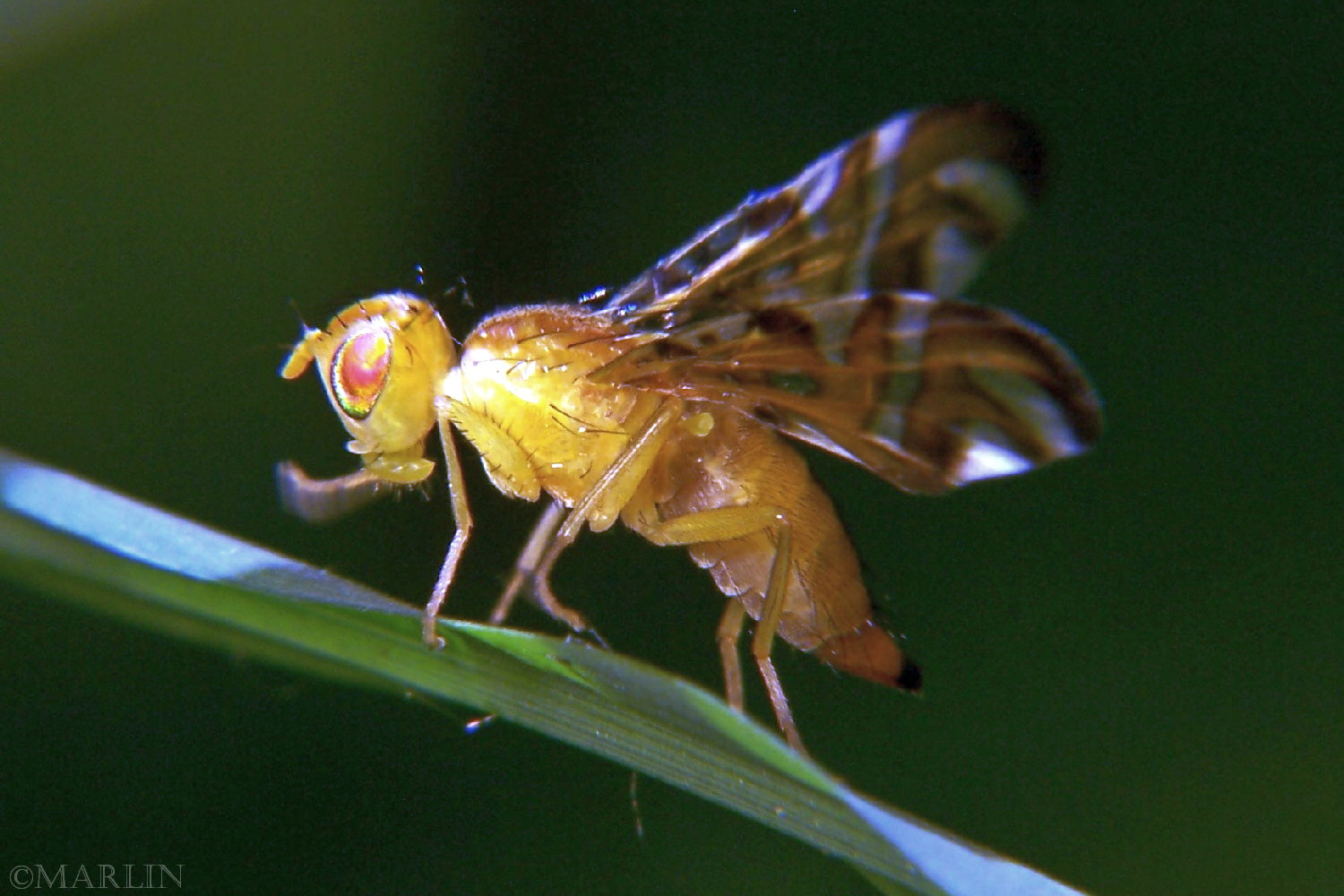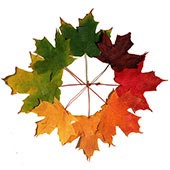Sunflower Maggot Fly
Strauzia longipennis
Family Tephritidae – Large Fruit Flies. Most fruit flies lay their eggs in plant tissues, where the larvae find their first food upon emerging.
Sometimes called peacock flies after their showy colors and mating displays. This large fruit fly’s larvae is commonly called called the Sunflower Maggot, after its habit of infesting both wild and cultivated plants of the sunflower family.
The sunflower maggot has one generation per year. This species overwinters as a larva in plant debris in the soil; pupation and adult emergence are completed in early June. Females lay eggs in stem tissue of young sunflower, and larvae feed in the stem pith tissue.
Adults of the sunflower receptacle maggot emerge in late June to early July after sunflower buds reach 5 to 10 cm in diameter. Eggs are laid on the bracts of the developing sunflower heads. Egg laying occurs from mid-July through August.

